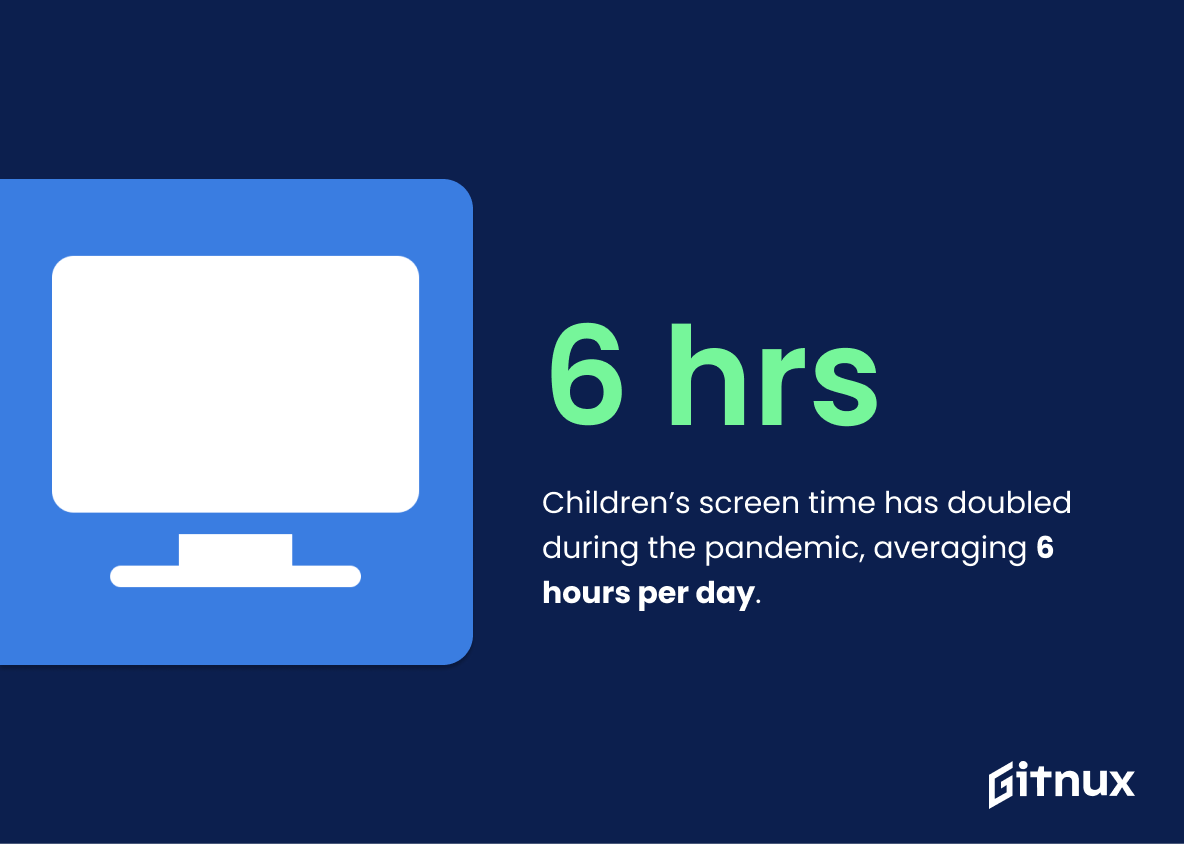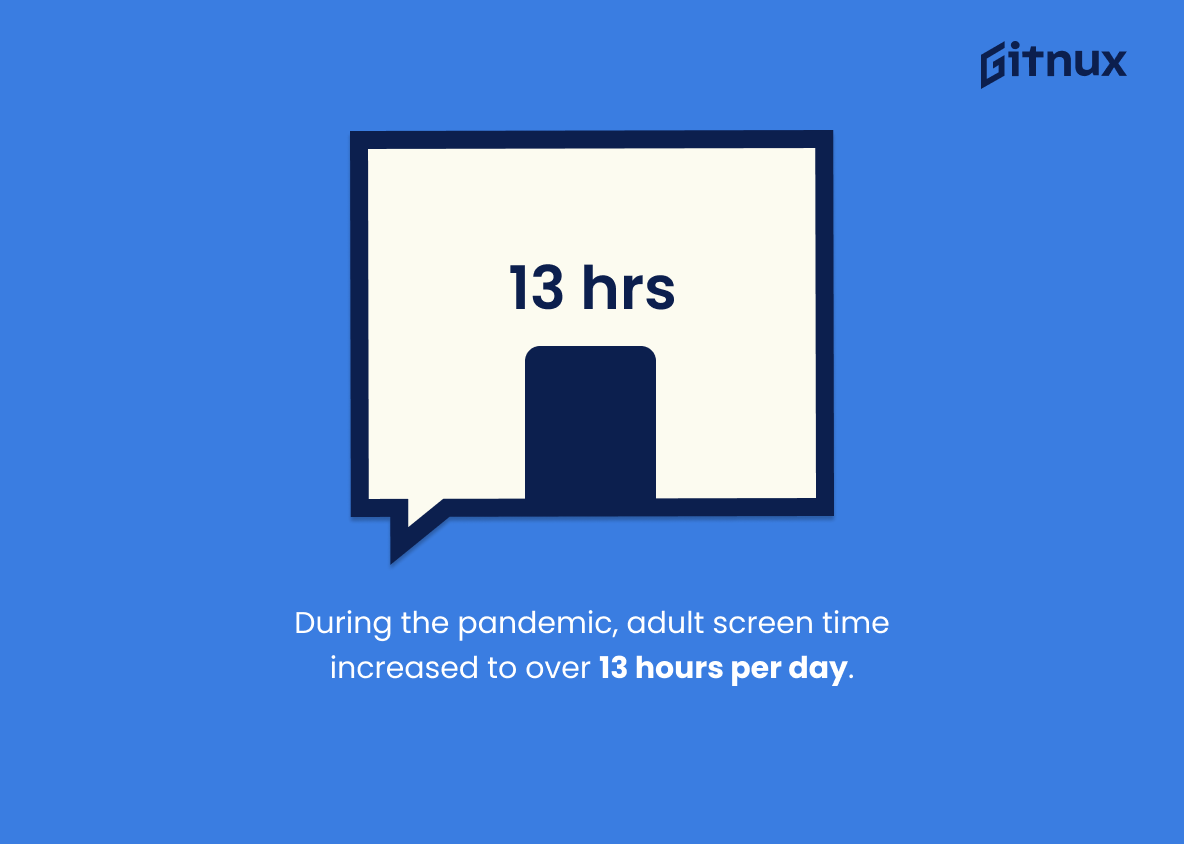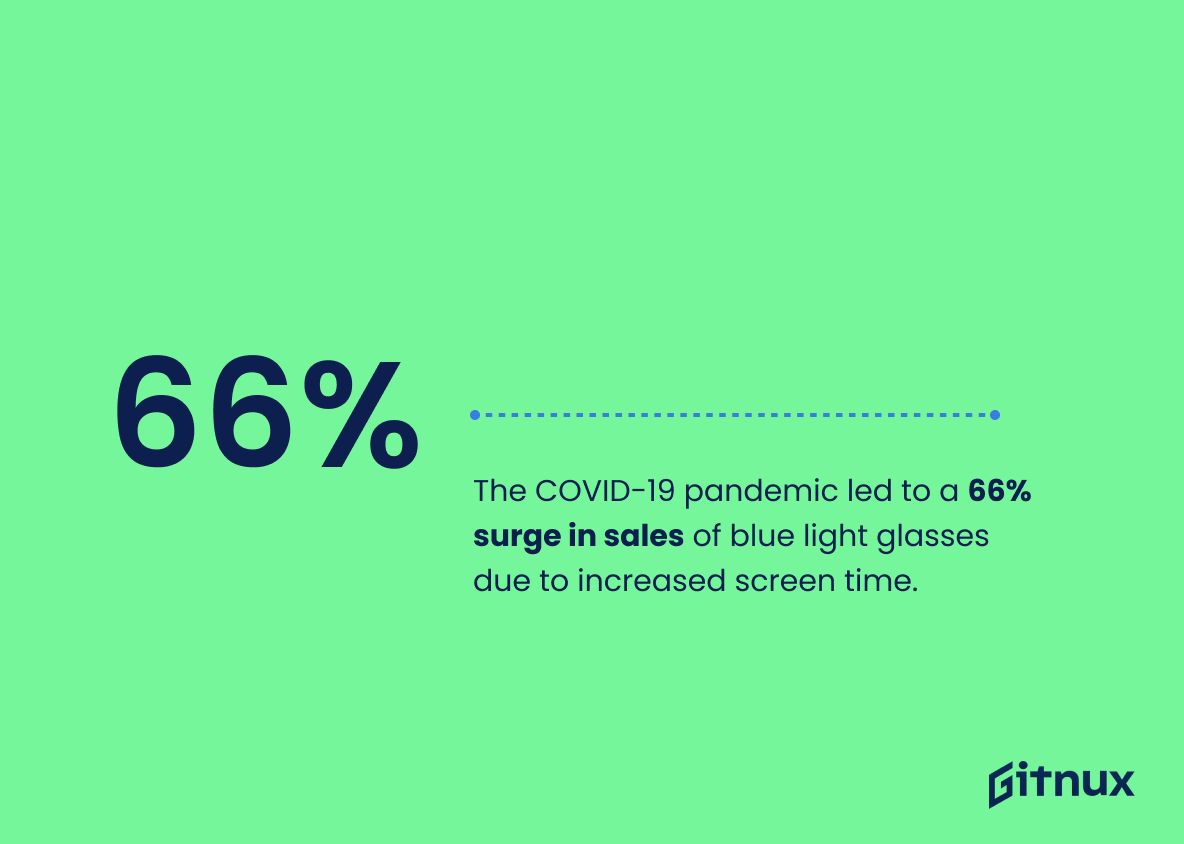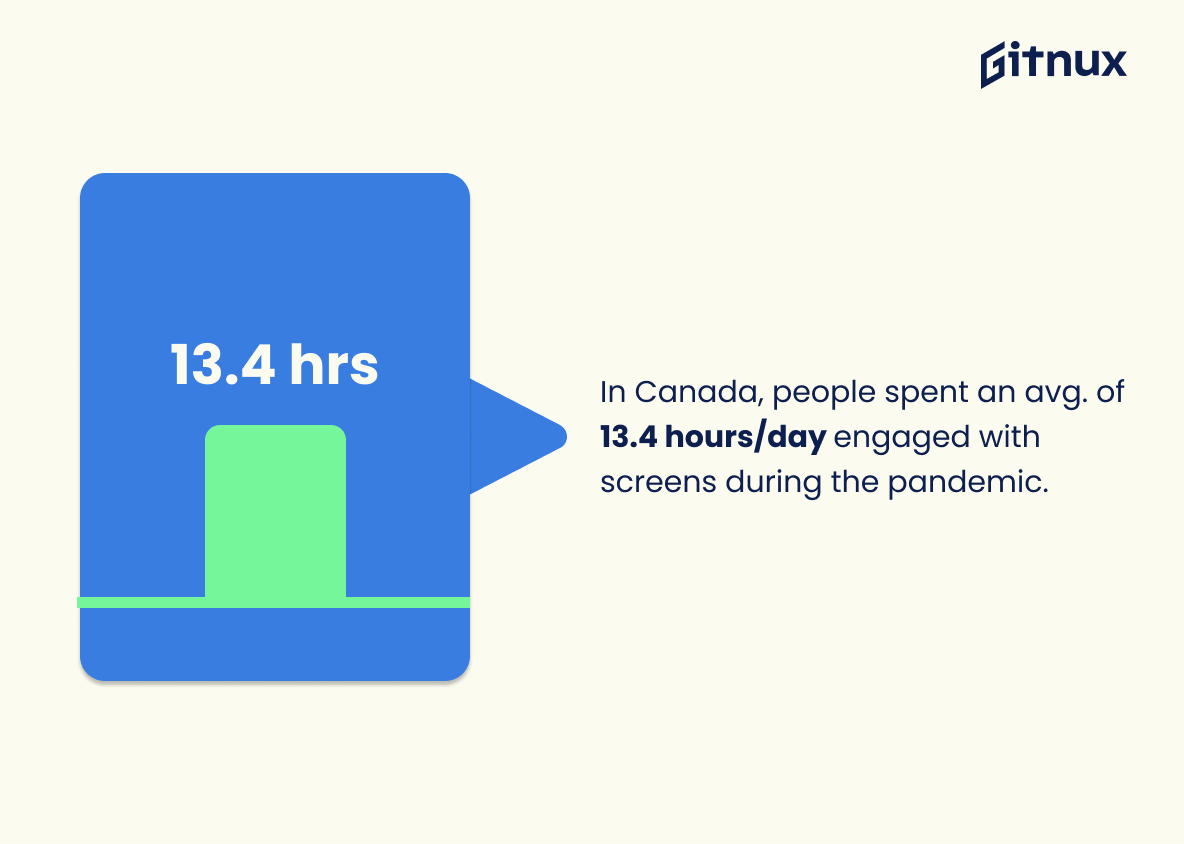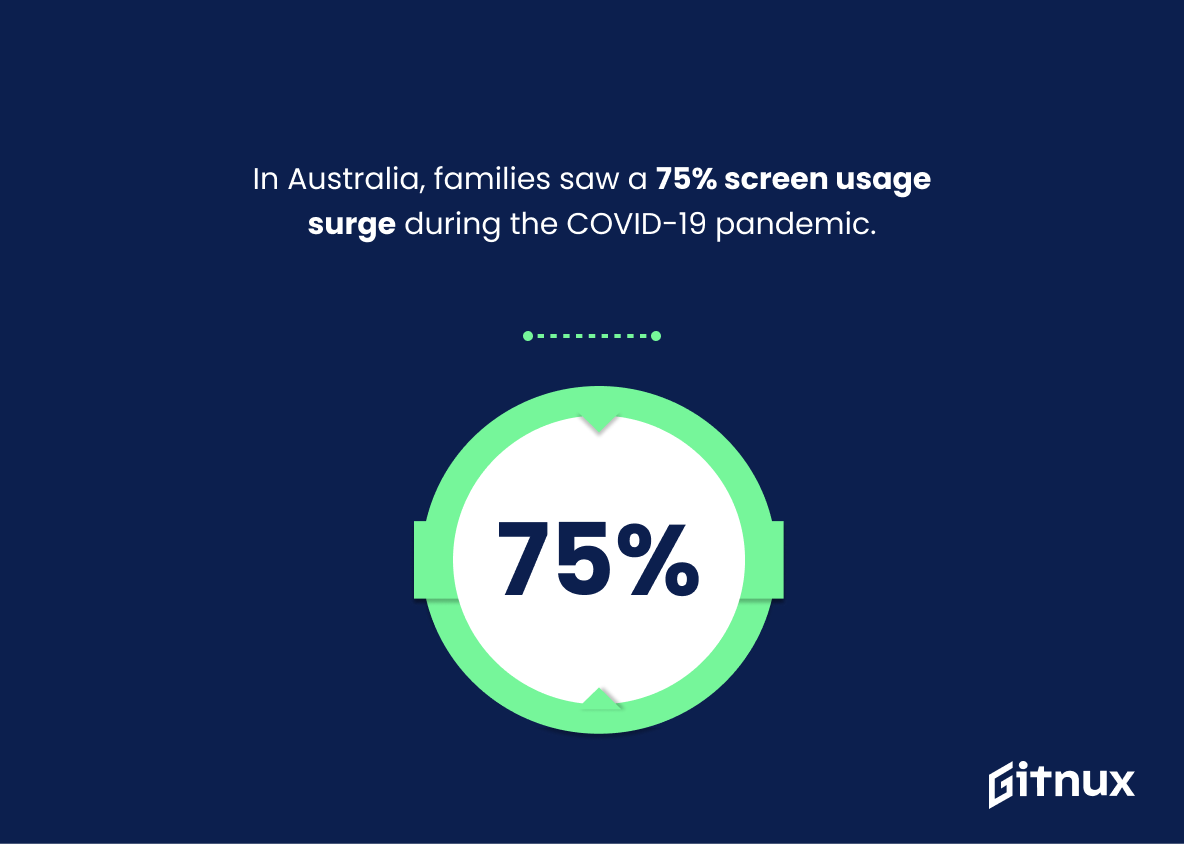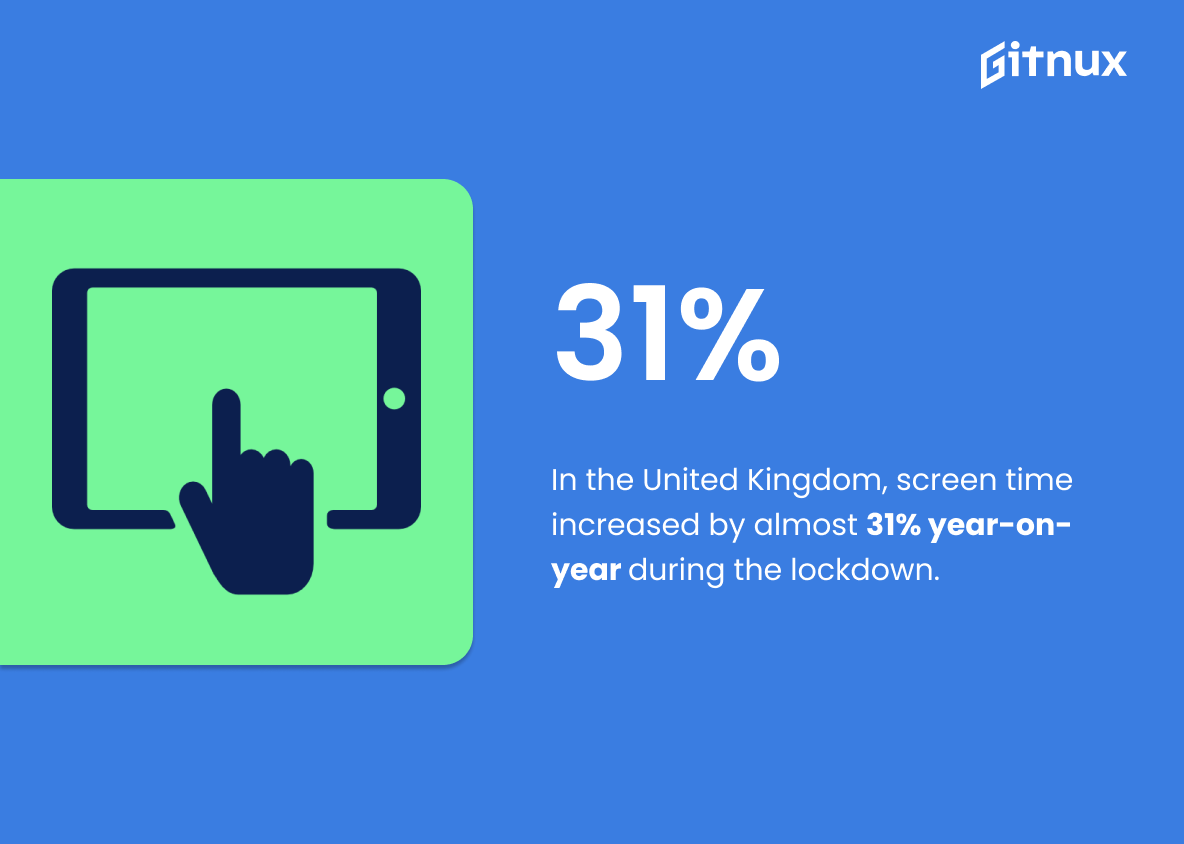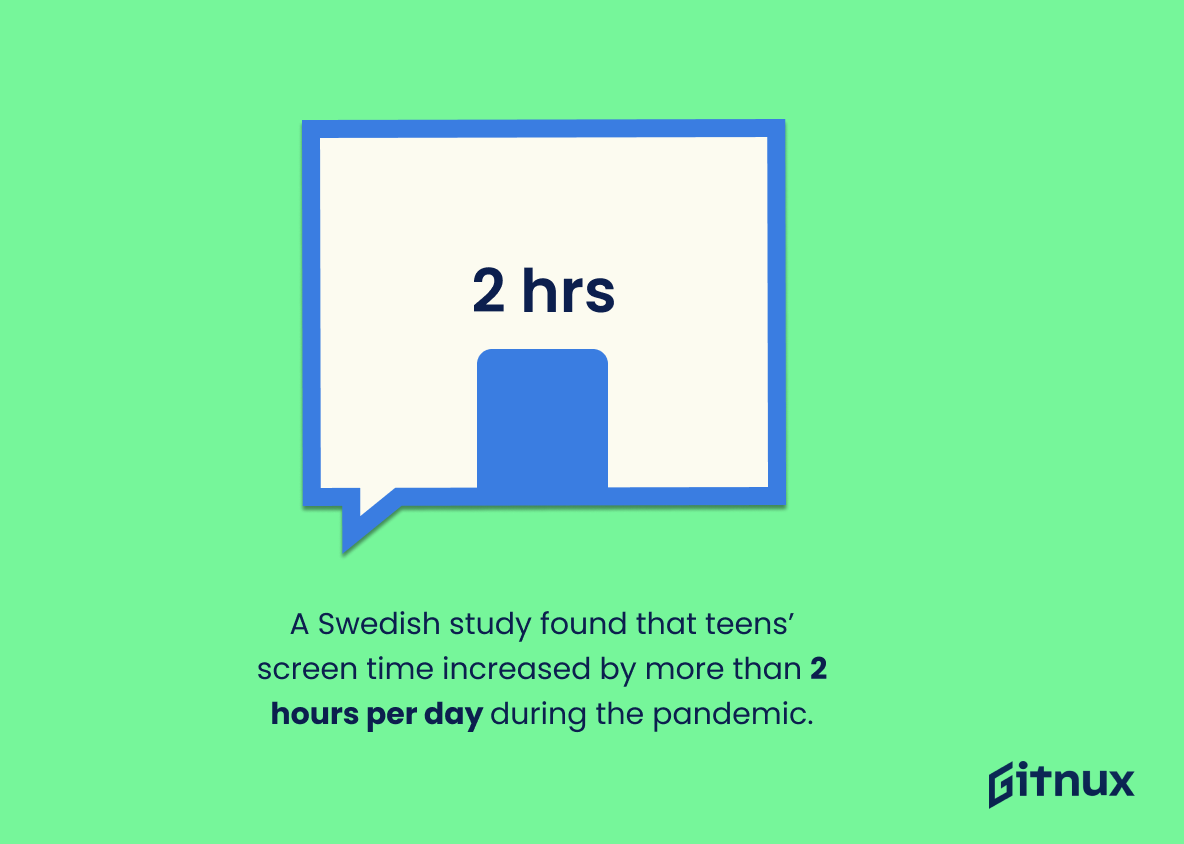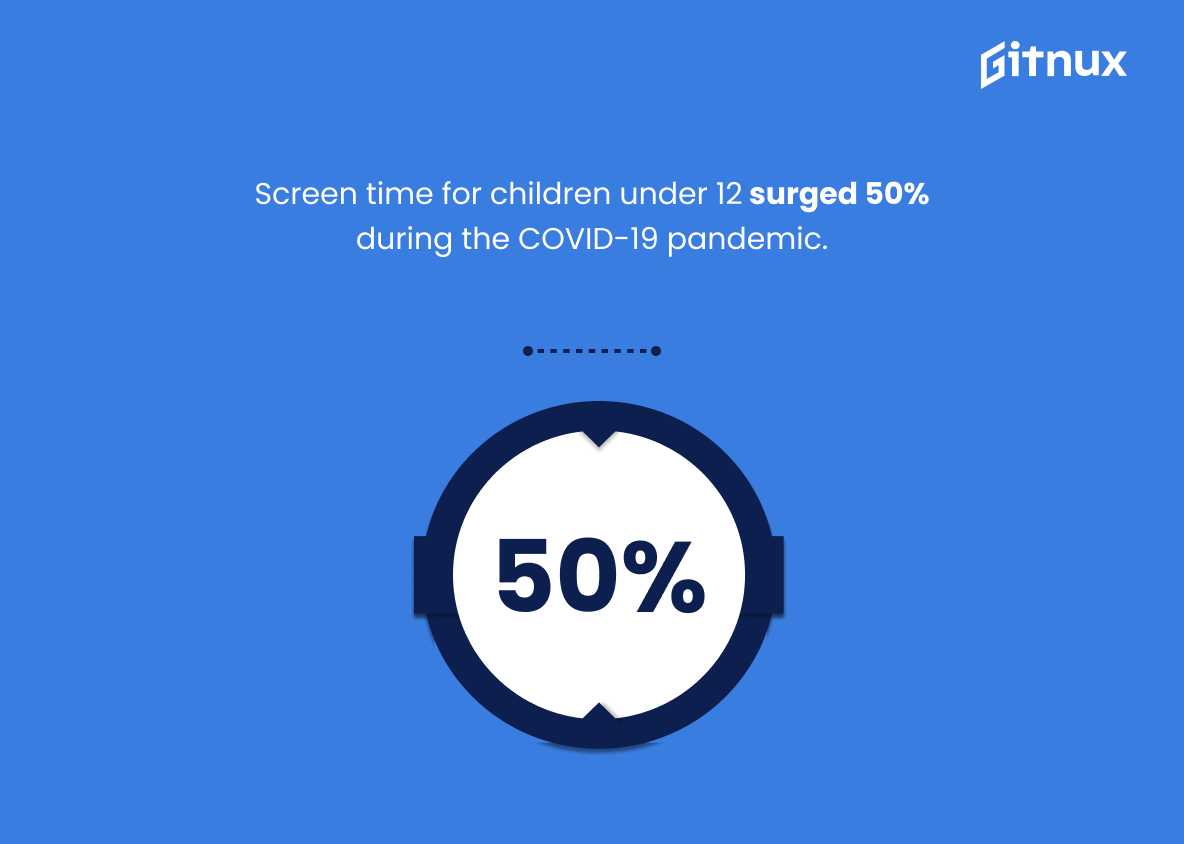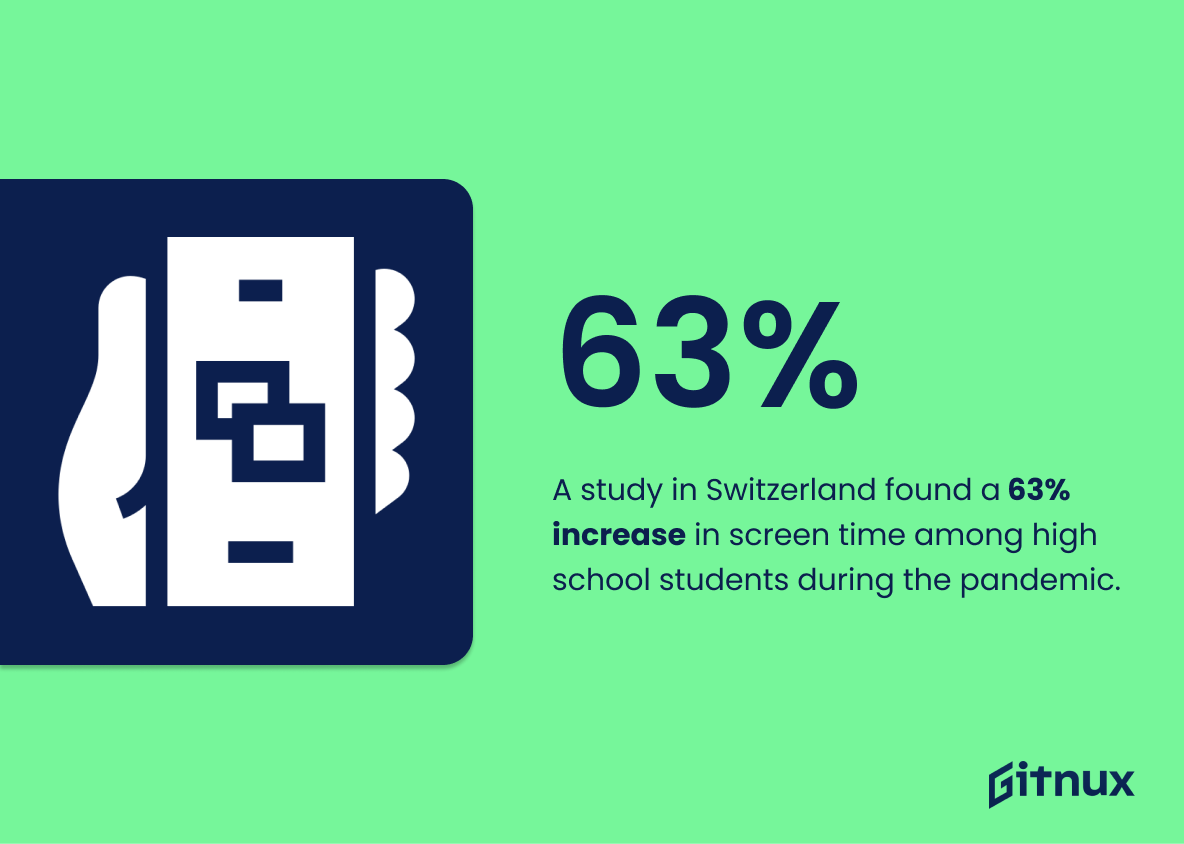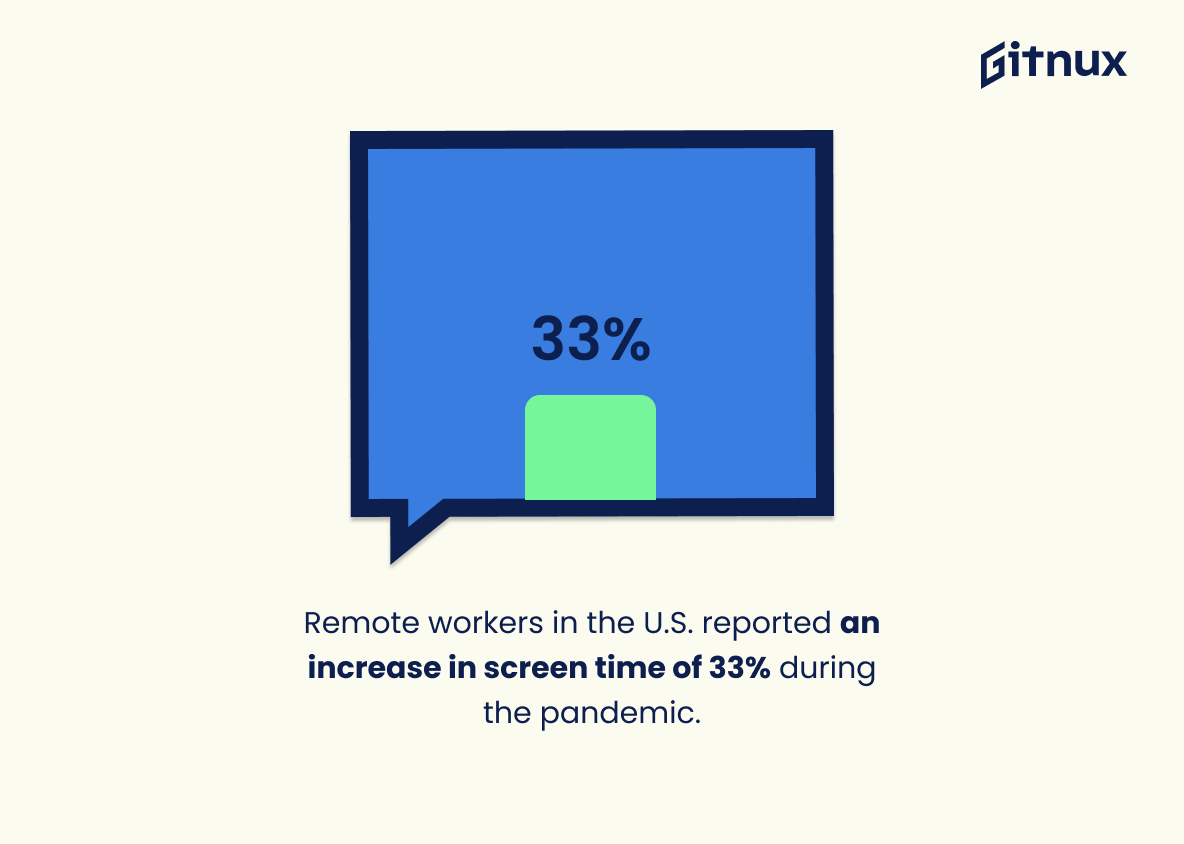The COVID-19 pandemic has had a profound effect on our daily lives, and one of the most significant changes is an increase in screen time. Statistics from around the world show that adults, children, and teenagers have all experienced increases in their average daily screen time since the start of the pandemic. In America alone, adult screen time increased by 60%, while children’s doubled to 6 hours per day. Remote workers reported 33% more screen time than before lockdown began. Globally, 68% of surveyed people said they experienced an increase in their own personal use of screens during this period as well.
These figures are just some examples among many others showing how much our reliance on digital technology has grown over recent months due to social distancing measures imposed worldwide because of COVID-19 restrictions. This blog post will explore these statistics further and discuss what implications this could have for us going forward into 2021 and beyond.
Screen Time Increase During Covid-19 Statistics Overview
Children’s screen time has doubled during the pandemic, averaging 6 hours per day.
This statistic is a stark reminder of the impact the pandemic has had on children’s lives. It highlights the dramatic increase in screen time that has occurred since the start of the pandemic, and the potential implications this could have on their physical and mental health. It is a powerful illustration of the need for parents and caregivers to be aware of the amount of time their children are spending on screens and to take steps to ensure that it is kept to a healthy level.
During the pandemic, adult screen time increased to over 13 hours per day.
This statistic is a stark reminder of the impact the pandemic has had on our daily lives. With the majority of people stuck at home, it’s no surprise that screen time has increased significantly. This statistic serves as a wake-up call to take a step back and assess how much time we are spending in front of screens and how it is affecting our lives.
Increasing screen time during the COVID-19 pandemic has led to a 66% increase in sales of blue light glasses.
This statistic is a testament to the fact that the COVID-19 pandemic has had a significant impact on screen time, leading to a surge in the demand for blue light glasses. It highlights the need for people to protect their eyes from the harmful effects of blue light emitted from digital screens. This statistic is a reminder that the pandemic has changed the way we interact with technology, and that it is important to take the necessary precautions to protect our eyes.
In Canada, people spent an average of 13.4 hours/day engaged with screens during the pandemic.
This statistic serves as a stark reminder of the dramatic increase in screen time that has occurred during the pandemic. It highlights the fact that Canadians have been spending more time than ever before in front of screens, and that this trend is likely to continue in the future. This statistic is an important piece of evidence that supports the idea that screen time has increased significantly during the pandemic, and it is a key factor to consider when discussing the effects of this increase.
In Australia, families saw a 75% screen usage surge during the COVID-19 pandemic.
This statistic is a powerful indicator of the impact the COVID-19 pandemic has had on families in Australia. It shows that the pandemic has caused a dramatic increase in screen usage, which has had a significant effect on how families interact and spend their time. This statistic is an important piece of evidence that can be used to illustrate the effects of the pandemic on family life.
In the United Kingdom, screen time increased by almost 31% year-on-year during the lockdown.
This statistic is a powerful indicator of the impact that the Covid-19 pandemic has had on the amount of time people are spending in front of screens. It highlights the dramatic shift in behavior that has occurred as a result of the lockdown, and serves as a reminder of the importance of monitoring and managing our screen time.
A Swedish study found that teens’ screen time increased by more than 2 hours per day during the pandemic.
This statistic is a stark reminder of the impact the pandemic has had on teens’ daily lives. It highlights the fact that the pandemic has caused a significant increase in screen time, which can have a detrimental effect on physical and mental health. This statistic is an important piece of evidence that should be taken into consideration when discussing the effects of the pandemic on teens.
In the U.S., 35% of parents reported that their children’s gaming time increased during the pandemic.
This statistic is a powerful indicator of the impact the pandemic has had on children’s gaming habits. It shows that the pandemic has caused a significant increase in the amount of time children are spending gaming, which could have a range of implications for their physical and mental health. This statistic is an important piece of evidence to consider when discussing the effects of the pandemic on children’s screen time.
53% of U.S. teenagers reported an increase in screen time during lockdown.
This statistic is a powerful indicator of the impact that Covid-19 has had on the lives of U.S. teenagers. It shows that the pandemic has caused a significant increase in screen time for this age group, which could have long-term implications for their physical and mental health.
Screen time for children under 12 surged 50% during the COVID-19 pandemic.
This statistic is a stark reminder of the impact the COVID-19 pandemic has had on children’s lives. It highlights the need for parents to be aware of the amount of time their children are spending in front of screens and to take steps to ensure that their children are engaging in healthy activities. It also serves as a warning that the pandemic has had a significant effect on children’s screen time, and that parents should be mindful of this when considering their children’s overall health and wellbeing.
A study in Switzerland found a 63% increase in screen time among high school students during the pandemic.
This statistic is a powerful indicator of the impact the pandemic has had on high school students’ screen time. It shows that the pandemic has caused a significant increase in the amount of time students are spending on screens, which could have a range of implications for their physical and mental health.
Remote workers in the U.S. reported an increase in screen time of 33% during the pandemic.
This statistic is a powerful indicator of the impact the pandemic has had on remote workers in the U.S. It speaks to the reality that many people have had to adjust to a new way of working, and that this has come with an increase in screen time. This statistic is a valuable piece of evidence that can be used to illustrate the challenges that remote workers have faced during the pandemic.
Conclusion
The statistics presented in this blog post demonstrate that screen time has increased significantly during the COVID-19 pandemic. This increase is seen across all age groups, from children to adults, and in countries around the world. The rise of remote work and online learning have been major contributors to this trend, as well as an overall shift towards digital consumption of content. As a result of these changes, sales for blue light glasses have also risen dramatically due to prolonged exposure to screens. It is clear that our lives are becoming increasingly dependent on technology – it will be interesting to see how long lasting effects this period has had on our daily habits going forward into 2021 and beyond.
References
0. – https://www.www.ncbi.nlm.nih.gov
1. – https://www.www.smh.com.au
2. – https://www.www.nature.com
3. – https://www.www.nsfamilyline.org
4. – https://www.fortune.com
5. – https://www.www.nbcnews.com
6. – https://www.www.commonsensemedia.org
7. – https://www.www.forbes.com
8. – https://www.www.ctvnews.ca
9. – https://www.www.nytimes.com
10. – https://www.www.ofcom.org.uk
11. – https://www.siliconangle.com
12. – https://www.www.visionmonday.com
13. – https://www.globalwebindex.com
